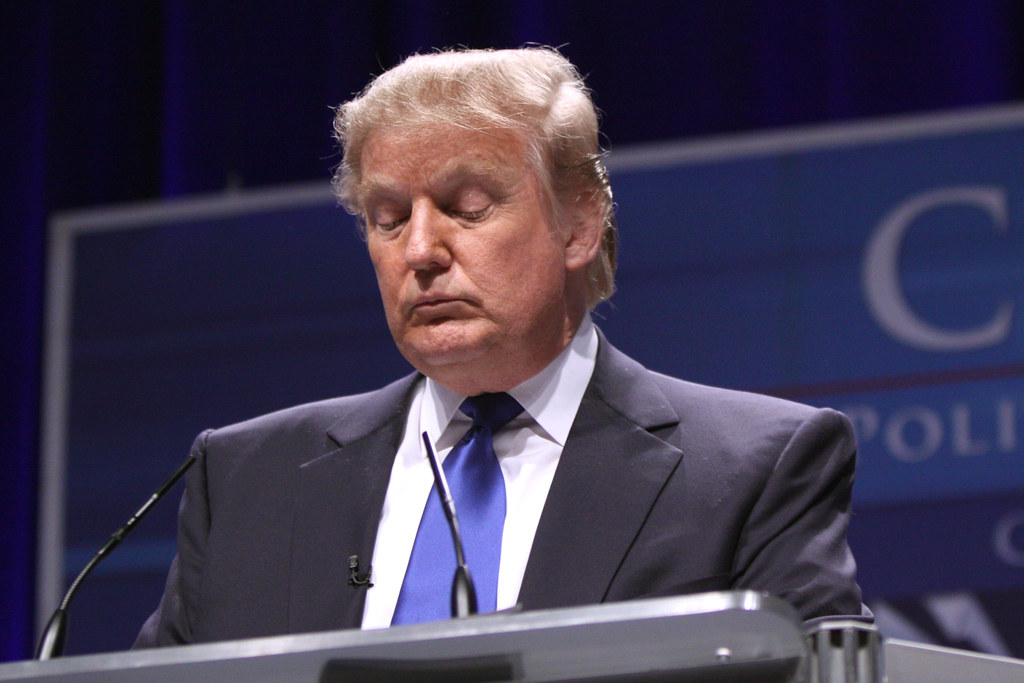Key Takeaways
• Millions of people joined a major protest against Trump and his policies.
• Organizers say this turnout topped a similar event in June with 5 million protesters.
• Demonstrators voiced concerns about healthcare, climate change, voting rights, and immigration.
• Robert Weissman from Public Citizen highlighted growing public anger and unity.
On Saturday, millions of Americans took to the streets for another huge protest. They spoke out against Trump and his administration’s policies. In fact, this “Trump protests” event drew even more people than the one in June. It showed a clear message: many citizens want change now.
What drove the Trump protests?
First, people worried about their health. They fear cuts to healthcare could leave them without needed care. Second, climate change topped their list. They want the U.S. to rejoin global climate efforts. Third, voting rights and immigration policies sparked anger. Moreover, many families fear separation and unfair laws. Finally, concerns over corruption and checks on power pushed people to act.
Inside the latest Trump protests
Cities from New York to Los Angeles, from Chicago to Miami saw massive crowds. Community groups, labor unions, and civil rights organizations joined forces. They used social media to share routes and safety tips. Local leaders helped organize water stations and first aid tents. Therefore, families felt safe bringing kids along.
In New York, protesters marched from Central Park to City Hall. They carried colorful signs and chanted slogans. In Los Angeles, a sea of people filled the streets near City Hall. They waved banners calling for climate action. In Chicago, activists gathered by the lakefront, then marched downtown. Each city added its own local flavor.
Voices from the crowd
“I came for my kids,” said a mother in Chicago. “I want them to grow up in a fair world.” Another protester in Los Angeles said, “We demand leaders who care about our future.” A student in New York held a sign reading, “Healthcare is a human right.” Meanwhile, an immigrant family in Miami shared stories of fear and hope. Their unity showed the strength of these protests.
What experts say
Robert Weissman, co-president of Public Citizen, joined the coverage. He praised the turnout. He said this wave of protests shows real energy. He noted many Americans feel their voices go unheard in Washington. Weissman believes this movement could shape future elections. Additionally, he warned that ignoring these demands could fuel more unrest.
Moreover, Weissman highlighted how organizers built a broad coalition. They worked with small local groups and big national unions. They reached out to voters who often feel left out. As a result, the event grew faster than any single group could manage alone.
How organizers planned the events
First, they set a clear goal: unite people for democracy and rights. Then, they created teams for each city. Each team handled permits, safety, and supplies. Next, they trained volunteers in de-escalation and first aid. They also posted online tutorials on making protest signs.
Furthermore, they used text messages to send live updates. Volunteers in each neighborhood shared info on bus routes. In some cities, churches and community centers offered free rides. As a result, turnout soared in smaller towns. People felt connected to the larger cause.
Protecting safety and order
Organizers emphasized peaceful protest. They urged everyone to respect property and each other. Marshals patrolled crowds to help people in distress. They provided masks, water, and snacks along the way. Police in many cities managed streets without clashes. This coordination kept the focus on the message.
Social media played a key role. Yet, organizers warned against misinformation. They asked people to rely on official channels for updates. In turn, this built trust and cut down on confusion.
Looking ahead
The energy from these Trump protests may influence future politics. Voter registration drives followed many marches. Volunteers signed up thousands of new voters. Some communities plan local town halls to keep the momentum.
Moreover, several protesters said they now want to run for office. They believe they can bring change from within. Others will join more advocacy groups. They aim to hold leaders accountable until they see real results.
Finally, public opinion could shift if this unity continues. Elected officials may face pressure to address healthcare and climate laws. Immigration reform and voting rights might return to center stage. Therefore, the ripple effect of these protests could shape policy for years.
Frequently Asked Questions
What sparked the recent Trump protests?
People worried about cuts to healthcare, climate policies, voting rights, and immigration rules. They united to send a clear message for change.
How did organizers manage safety during the Trump protests?
They trained volunteers in first aid and de-escalation, set up water stations, and coordinated with local police. They used social media for updates and trusted official channels for accurate info.
Could these Trump protests impact future elections?
Yes. Many protesters registered to vote right after the marches. Some plan to run for office or join advocacy groups. Their efforts could influence election outcomes.
What role did experts like Robert Weissman play?
Robert Weissman praised the protests’ unity and energy. He noted how organizers built broad coalitions and warned politicians that ignoring public demands could fuel more unrest.

